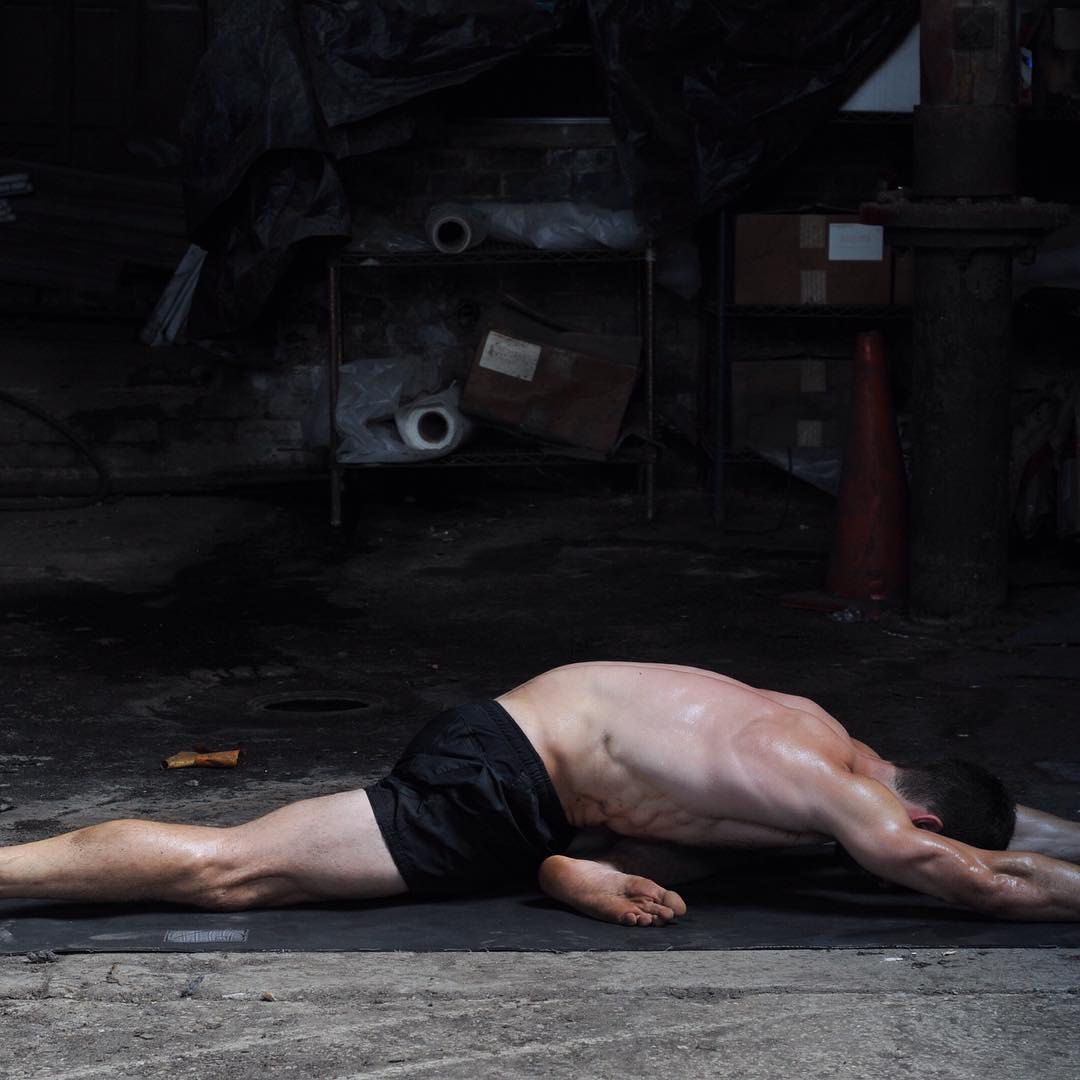What is restorative yoga?
This is a blog that I’ve wanted to write for a while. It’s extremely relevant for the people that are coming to Man Flow Yoga (or yoga in general) in the hopes of relieving sore muscles and reducing stiffness. Maybe that’s you. This blog talks about what restorative yoga is, and how it differs from the approaches and goals of some other forms of yoga.
Restorative yoga is focused on relieving sore muscles. If you’ve been to a yoga studio before, it’s the poses that you typically do at the end of a yoga session, poses like pigeon, child’s pose, hero’s pose, and happy baby. If you’ve been to a yin yoga session, that is restorative yoga, where the focus is on getting a deeeeeep stretch, relaxing your body (sometimes to the point of falling asleep, not that that’s a bad thing!), and allowing sore muscles to lengthen and recover. It’s an equally important part of your fitness. It’s literally the yin to the yang, or, put more simply, the not-intense to the intense.
The workouts you see from me typically focus on building balance, strength, developing core strength, bodily awareness, and working deeper into your range of motion by holding poses for an extended period of time. This type of yoga is extremely effective, but just like any good workout it does not cover all aspects of your physical fitness. Some of my other workouts, typically referred to as “stretching routines” or “evening workouts” are more along the lines of restorative yoga.
I know what you might be thinking. You might be saying to yourself, “I don’t have time for that extra stretching. I just need to get a good workout and then get back to my busy life!” Here’s the thing: If you DON’T do restorative yoga (stretching), then you are at a higher risk for injury due to overtraining, are missing out on the benefits of added flexibility, AND not recovering as quickly as you could be.
Here are just some of the benefits of restorative yoga:
- relieving soreness
- increasing flexibility
- activating your body’s parasympathetic nervous system (slowing down your heart rate, facilitating better digestion, helping you relax before bed, etc)
- muscle recovery
- improved sleep quality
Here are the main ways that it differs from other yoga sessions:
- SLOWER moving, longer holds
- less muscle engagement
- focus on slllooowwww controlled breathing (this allows your muscles to relax and lengthen)
- more floor work (stretches in which one or both knees are on the ground)
It takes your muscles anywhere from 15 seconds to 2 minutes to relax. And guess what? They’re probably not relaxing while you’re doing a plank. There are many exercises in yoga, and some are more restorative than others. Here is a list of my favorite restorative stretches, along with accompanying photos, so that you start restorative yoga right away.
- V-legs up the wall
- Pigeon
- Reclined strap stretches (hamstrings, adductors, and IT band)
- Reclined quad stretch (single-leg hero)
- Child’s pose
- Prone chest stretch (AKA Fallen Traffic Cop)
- Needle Thread
Again, these stretches are not aimed at increasing strength or endurance; the goal is to help your muscles relax, lengthen, and recover, so that you can get back to doing what you want to do physically more quickly and with less soreness. It’s the stuff that you know you should be doing (if you’re an athlete or competitor) but typically don’t do because you feel like you don’t have the time for.
Make sure to make restorative yoga a part of your workout routine. Even if it’s just 5 or 10 minutes after your workout, it will help make your body less sore. More importantly, doing these stretches makes you stronger, more flexible, and reduces your risk of injury due to overtraining! They even help you sleep better.
If you are interested in seeing what my typical restorative workout looks like, check out my “20 Minute Nighttime Stretching Routine” within the Man Flow Yoga Members Area.
Sign up at no-risk for a 7-day free trial at manflowyoga.com/members today!



I was totally jazzed to see Dean’s post today on restorative yoga. I’ve been practicing restorative yoga several times a week for a month now, after Dean advised (pushed?) me to give it a try during his last 90-day web-based yoga course. I was taking his course 3x/wk, while telemark skiing, snowshoeing, rucking with my husband and our dogs, and doubling down on my weight-training sessions. In a word, overtraining. If you’re a Type A like me with an over-caffeinated monkey mind, you know what I’m talking about. Restorative yoga has already made a difference in both my physical and mental state in the few short weeks I’ve been practicing (both Dean’s recommendations, and at a local studio). BTW, if you take a restorative yoga class (at least up here in the Colorado Rockies), you might be surprised a room full of scary-fit athletes, and not the usual lulubabes (not that there’s anything wrong with that). Namaste, y’all.
During the summer of 2014, the yoga studio started offering Yin twice a week. I attended regularly; but did not do any at home.
This may be his his first blog, but it’s not the first time he has talked about it. While taking private lessons from Dean, he gave me several stretches to perform as part of my “homework” …. that practice has continued to this date.
I grouped the stretches into three different routines that I practice at home while continuing to attend the two classes at the studio. While I am not where I want to be; I am better than use to be! The increased flexibility in noticeable.